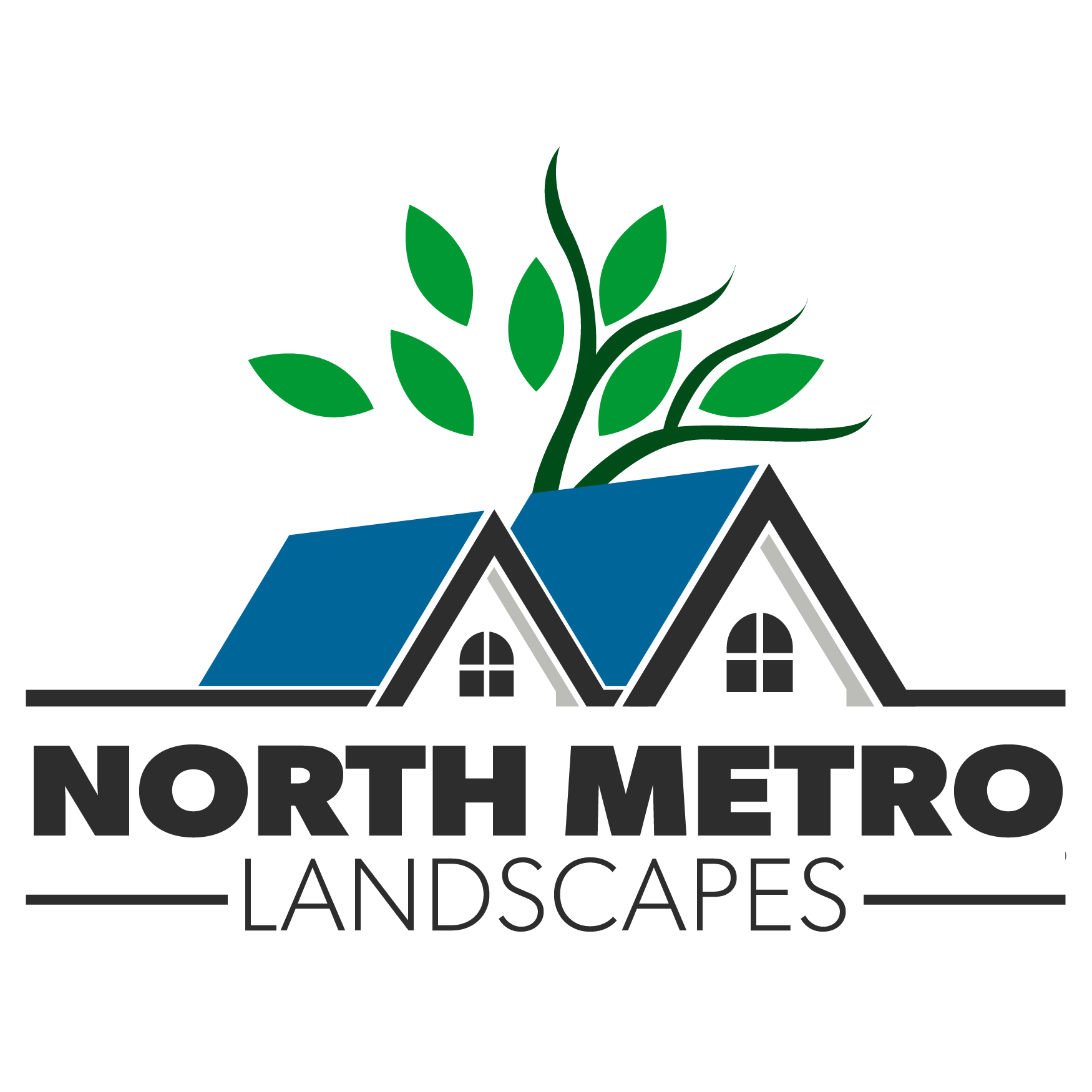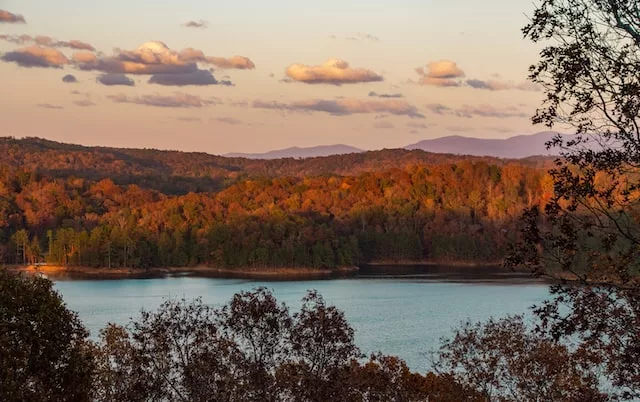Varied and Distinct
Georgia’s plant habitats are varied and distinct. Its total landmass stretches nearly 60,000 square miles (59,425 square miles exactly) and is made up of three geographic regions. Within these three regions, these varied habitats give way to more than one hundred plant communities. It therefore benefits landscapers and homeowners to learn about Georgia’s environment to better optimize their landscaping efforts.
A wide range of rare and resilient plants inhabit Georgia. Some are fragile, such as the Oconee bells. Others not so much, including the classic Great Oak, the Florida Torreya and versatile Red Maple. Gaining deeper insights into which plants are accustomed to which habitats can help cultivate unique natural yards and landscapes and may require less intensive maintenance.
The Three Regions
The three geographic regions divide the state horizontally, from North to South. As one might expect, each region grows hotter and more humid as they near the equator.
The Mountain region to the north is divided into sub-regions, moving from West to East. These subregions include start with the Appalachian Plateau, moving over to Valley & Ridge and finally Blue Ridge. The climate is described as “hot and humid in the summer, but not too cold in the winter.” Scientists call this climate: humid subtropical. Due to their positioning, these subregions get more rain than the others.
Sitting below the Mountain region is Piedmont (which means “a gentle slope leading from the base of a mountain). This region also falls within the humid subtropical climate, but experiences less rain and more humidity.
The Fall Line separates Piedmont from the third region: the Coastal Plain. This is the most humid and flat region, as the name would suggest. In fact, the Fall Line to its north once acted as the shoreline approximately 251-million years ago. The Fall Line gets its name from the sudden drop in elevation. Incidentally, all rivers and streams that cross this line experience this fall and shift into rapids and waterfalls throughout the state.
Habitats at different heights
Since Georgia is sitting halfway up the southern ridge of the Appalachian mountains, its shifting elevation plays a big role on the varying habitats. Altitude affects temperature, hardiness and humidity. Therefore, the various plant habitats that have developed within these regions can also be organized from North to South.
Starting on the north-facing slopes at altitudes over 3,500 feet are the Northern Hardwoods. This habitat is subject to the shortest growing seasons due to thin soil and high winds. Mixed Pines/Hardwoods neighbor them at an elevation of 2,000ft, dominating the southern slopes. Forest Gaps, Rock Outcrops and Meadows can be found at lower elevations of the Piedmont region. Moving further south, along the Coastal Plains, there are Pinewoods and Bottomlands Forest. Finally in the most humid environment, reliant on wetter soil are the Swamps.
The northern habitats support trees and plants that can handle shorter summers, colder winters and dryer soil. Meanwhile the southern habitats are better suited for trees and plants that can absorb the nurtrients from wet soil whilst withstanding longer summer periods, potentially with more shade and groundcover.
Northen trees and plants
Trees and plants more accustomed to the northern climate include oak trees, persimmons, beargrass, sassafras, sumac and pine trees. White Pine and Sugar Maple are also located in similar regions. As they are unable to withstand the heat and humidity typical of Piedmont and the Coastal Plain.
Mountain Laurel are also native to northern regions, but can be found on the Coastal Plain, permitting that they have adequate moisture, shade and cool soil. Typically, they are found along streams and riverbanks, relying on moist and well-draining soil. Plantlife with similar requirements include stewartia, rhododendrons, oakleaf hydrangeas. Trees with similar needs include tulip poplars, black walnut trees and southern sugar maple.
Southern trees and plants
Meadows found further south give way to Broomsedge, mints, goldenrods and legumaes. As the soil gets wetter and temperatures continue to rise, Red Maple, Bald Cypress and Buttonbush can be found. These are capable of surviving further north, if transplanted, however they require a lot of water in order to germinate and take root. Meanwhile, the Fever Tree, Red Titi and Black Titi are unable to survive anywhere besides the Coastal Plain, as they rely on high humidity and wet soil.
Native planting and cultivation
According to the Native Plants for Georgia, published by the University of Georgia, a mature tree can be expected to grow to only 62.5% of its natural size when subject to cultivation. This goes to show that while trees and plant life is more than capable of growing in a variety of places beyond their own natural habitat, the process of mirroring nature is not as simple as it might appear. Therefore, as landscapers and homeowners adapt to the changing climate, it is important to reflect on the natural order of things so we can best compliment the environments we live in. That way we can yield the best results for our very own personal habitats.





